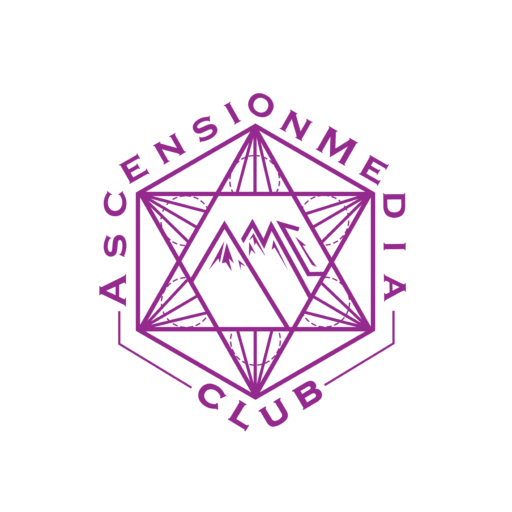David Hatcher Childress’s passion for pursuing his intellectual curiosity firsthand by spending over two years backpacking and working odd jobs across Southwest Asia and Africa is deeply inspirational. This book is a must-read if you are interested in black history, African history, or lost civilizations. Childress is an authority on lost civilizations and does an excellent job of detailing his travels and distinguishing between facts and opinions about the ancient sites he visits. Not only is it informative, but it’s also a captivating story detailing everything from Childress’s accidental possible involvement in illicit diamond trafficking to being held by authorities under the suspicion of being a South African Mercenary, to traveling through active war zones, bending the law to cross borders, wild animal attacks, romantic escapades, getting robbed, and even witnessing apartheid in South Africa.
He begins the story by traveling from Istanbul to Syria and Lebanon, investigating the Sumerian and Babylonian civilizations. He points out the grandeur of the structures that seemed to come from a civilization far more advanced than we give them credit for – lifting gigantic single blocks even larger than what’s been found in Ancient Egypt that we don’t have logical explanations for. He then moves on to Jordan, Israel, Egypt (where he discusses Atlantis), Sudan, The Sahara, Saudi Arabia, Yemen, the Horn of Africa (Ethiopia, Somalia, and Djibouti), Kenya, Uganda, Tanzania, Zambia, Zimbabwe, South Africa, and finally Nambia (where he circles back to Atlantis).
Childress does an excellent job of detailing the inconsistencies in some mainstream explanations for the sites he visits while sharing his observations. He also suggests his theories, many of which make more sense to me and are backed up by sources cited in the bibliography. Childress often looks to religious texts for inspiration, and one of the most intriguing theories he put forth was that King Solomon had a Vimana – an ancient Indian airship thought of as a myth, though there are detailed drawings of it in Ancient India. He points out the connection between Ethiopia and India, which traded goods for millennia, and then highlights that one of Solomon’s wives was Queen Sheba of Ethiopia. This ship could have helped him build his famous wealth and transported him back and forth from his gold mines, described in religious texts as far away.
He also outlines a theory that the Great Pyramid of Giza was a multipurpose facility that generated energy and helped Egyptians communicate with other civilizations (possibly interplanetary civilizations), not a tomb. He presents evidence that the Ark of the Covenant could have been an ancient battery removed from the ‘King’s Chamber’ of the pyramid and marks that as a turning point for Egypt and a significant point in their downfall. He was one of the first authors to share evidence about gold mines in South Africa going back hundreds of thousands of years, which significantly pushes back the timeline of human history and would demand we drastically rewrite history books if true.
In addition to alternate theories about ancient monuments and investigating religious books, Childress discusses some long-forgotten cultures with unexplained ties to Atlantis, like the Tuaregs of North Africa and the Sahara and the Phoenicians. He touches on magnificent works of the Nabateans – an ancient civilization we know practically nothing about and highlights how they often depicted themselves with negroid features despite being in the Middle East, and shares information about them being thought of as some of the original Semites who migrated out of Ancient Egypt.
Since Childress wrote the book, many of his theories are closer to being proven correct by emerging archaeological and scientific data. He is cited as an authoritative source by Graham Hancock – the most famous expert on Ancient Civilizations who recently produced the hit Netflix Series, “Ancient Apocalypse”, and Childress has been featured on TV shows on Fox, NBC, the Discovery Channel, A&E, and many more. Overall, the book is entertaining and informative – you won’t be able to put it down!



